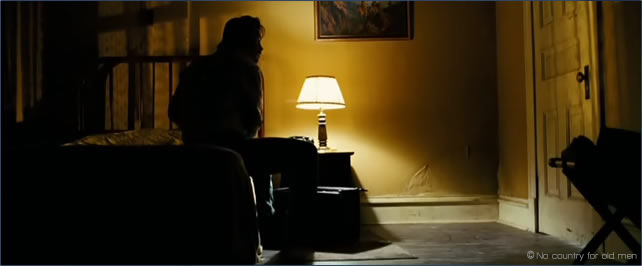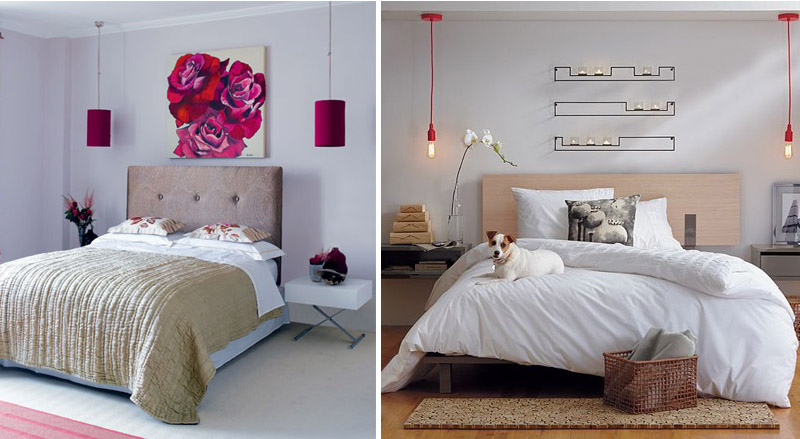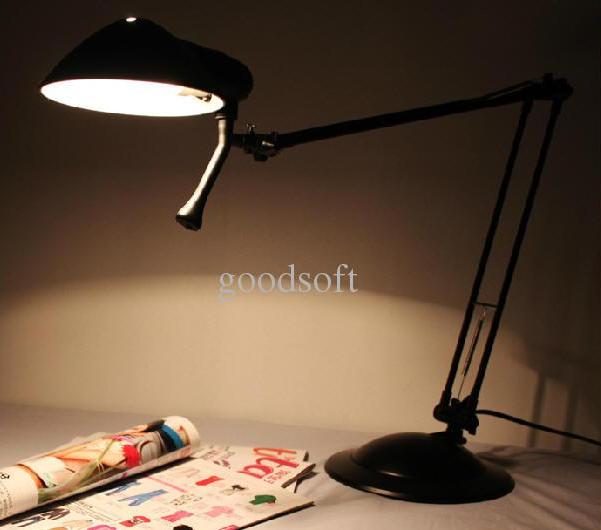Light my Nights
- Lydia Tiasiri
- November 13, 2012
- Hospitality
- bedside, FENN DESIGNERS, Illumination, Interior Design, Light, Living space, Lydia TF, Style of Living
- 1 Comment
As ashamed as I am to admit it, I have been a bit sooo occupied these days that I haven’t spent any time reading! However, last night I decided to give it another go. I thought it’d be a good opportunity to try out a new bed side lamp I’ve just bought, what a mis-purchase that was! I was tricked by its nice colour and simple shape. I didn’t notice that the wrong side lamp can be a real bug; I thought these side lamps should come with some kind of “what purpose you need a side lamp for?’ type of notice for consumers!
Depending on whether you read or not, you use your Ipad for reading or for games, you just need it when you hop to the bathroom at night, the bedside lamp design and the type of light it emits are different. As designers, we always question what factors are to be considered for illumination:
- The look
- The type
- The height
- The location
- The bulb/ lux
The main point of the bedside lamp is to be a source of light for whatever the need is in your bedroom; your sanctuary. The lamp needs to provide a relaxed feel, a nice (generally) simple shape, and the right amount of illumination you want. Little hint: for the latter, a dimmer would just do the trick!

The aesthetics of the lamp itself is completely objective and so I am going to speak about my personal preference. The side lamp should ideally be a calming shape: something geometric that would easily blend in with any room. Depending on the project, it then becomes crucial to select based on what the target user will enjoy. To make a statement, the lampshade could also be completely different to the theme to make it a feature. The colour should be a pleasing light tone, unless the room is very large or also has a very light colour theme, then darker shade will work.
For example, a neon coloured modern lampshade would look very artistic in an all white room.
As for the type of lamp there are so many options. You could have a small lamp that sits on the bed side, there are options of a low floor lamp, small directional reading lamps that could be mounted on the walls, and also you could have a ceiling lamp with a long cord coming down from the ceiling. The options are limitless, depending on your use for the side lamp.
![]()
As for the height: depending on which type of lamp you’ve chosen, there is one basic rule. The bottom of the lamp should be at chin level when sitting up in bed. There is no use of a lamp that shines directly in to your/your partner’s eyes in the middle of the night. One practical (but not all that aesthetically pleasing) quick fix for the height issue is to use swing arm lamps. They are adjustable for all heights and directions that you will require.

The location of bedside lamps again relate strongly to two main things: the amount of illumination needed and the size of the room. When we think about the amount of illumination needed, it goes back to the user. For me, I need my bedside lamp for reading. This means that I need its location to be relatively close to the side of the bed but does not hinder me to enter the bed itself. With table lamps, this won’t be such a thing, although with hanging lamps, the distance off the wall and height has to be taken into consideration.
Essentially, your lamp needs to emit close-range light to any reading material you may have and be easily switched off when you’re lying down.
As for the relation to the size of the room, this is a matter of aesthetics. The location for the lamps should have the right position to fit in the adequate room; you would not want to have a lamp hanging in a very small room with all loose furniture.
Lastly, the light bulb itself, for the past few articles, I’ve been speaking at length regarding the different types of light bulbs. For side lamps that would be for readers, ideally could have a 2-bulb cluster. This allows for lamps with different wattages: one bright for reading, and one dim for relaxing.
But, why complicate things when you could just buy a lampshade with a dimmer!
Baby-sized bulbs | La Pazzia: Interiors Shapes and Moods
[…] in last week’s article I spoke about bedside lamps for normal folks, then I got to think, how about ones for the little […]